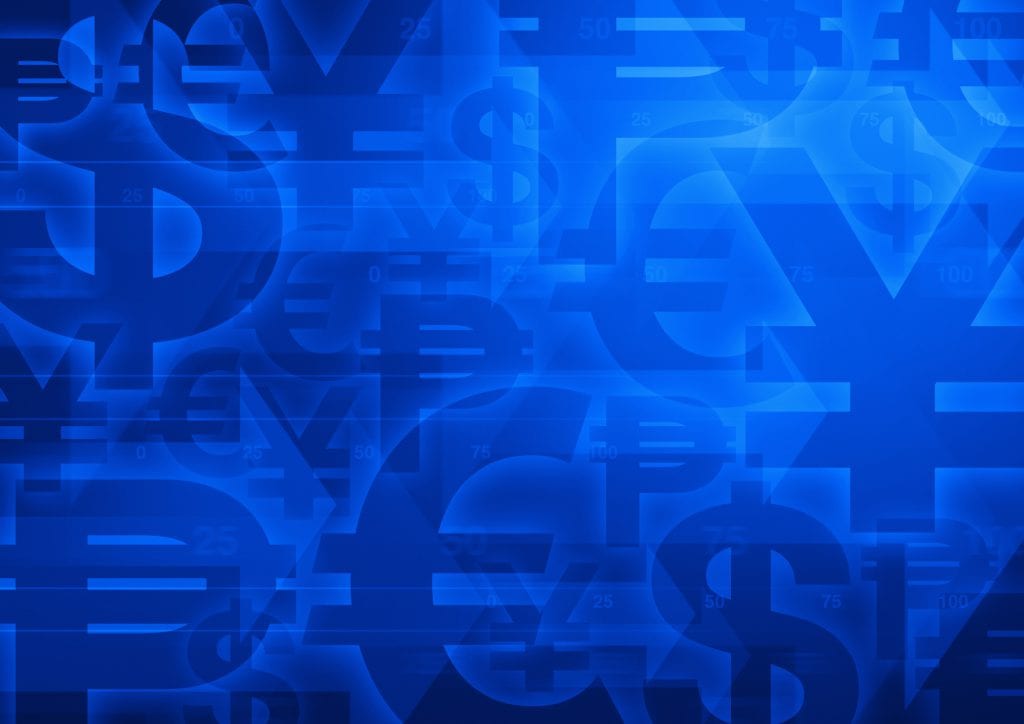Despite the hype, technology has real value.
It goes without saying that it’s a very exciting time to be in the payments industry; new entrants and incumbents alike are putting many hundreds of millions of dollars and countless hours into improving our payments infrastructure.
And it seems that not a week goes by without a big FI investing millions in a blockchain startup or a blockchain startup announcing a revolutionary new approach. As it’s often tricky to separate the hype from reality, I did some further research to do just that.
The findings? The potential for blockchain to the marketplace is high and disruptive to existing business models.
That of course seems obvious and could have been written three months ago. But what else did I learn?
- Public blockchain technologies do not offer scale and speed needed to achieve mass adoption for high volume use cases.
- However, a private, permissioned-based network built on blockchain technology can provide tremendous value to the payments industry.
- The technologies are immature and their ability to support the challenging needs of the business has yet to be proved. My opinion is that it will be between 3 and 5 years before there is substantial adoption and impact on payments costs and revenues.
- Blockchain technology can be deployed within existing payment processing models.
- The current industry focus on the move to real-time payments and hence on the clearing process in payments will drive interest in these new technologies.
Public ledgers have publicly admitted that today there is a limitation on transactions. The 7-10 seconds needed to complete a transaction is too long to displace the current consumer expectation of 25 milliseconds for a card payment, but for settlement, it is significantly faster and more secure than 1-2 business days.
There are multiple potential uses cases, with many around the world actively exploring and developing solutions. Here are some examples –
Wholesale Banking
Multi-party clearing – Applying the technology to the multi-party clearing process will bring tremendous benefit. Banks and their customers will be able to have a single view of balances and transactions.
Immutable and common data/ledger – An indisputable, permanent, up to date and distributed record of transfers, exposures and ownership that is tamper-proof provides immense value across wholesale payments to banks, their customers, clients and potentially to regulators.
Retail Banking
Customer Service – Benefits will result from improvements in data/transaction visibility and consistency across multiple parties, reducing complexity and incidence of exceptions, and improving access and visibility of the status of a payment at any given moment.
Transfer of Funds – This could also fall into wholesale banking. Blockchain technologies could be applied to a variety of payment scenarios. In single currency domestic payment, the impact could be to reduce or remove the need for a central counterparty and the delays in settling transaction net or gross in real time.
When applied to cross border payments, benefits include real-time settlement, changing or replacing traditional correspondent banking and thus making the process cheaper and faster for payments service users.
In conclusion, from a practical sense, I’m a blockchain proponent—adopting it in small networks or highly targeted markets can bring unbelievable benefits and true business value to the payments industry.
However, blockchain is not quite ready for adoption for mass consumer transactions, but it could be in 3-5 years. And more importantly, there is real value to be had in exploring the deployment of blockchain technologies in the clearing and settlement process. I look forward to what the next couple of years will bring.
